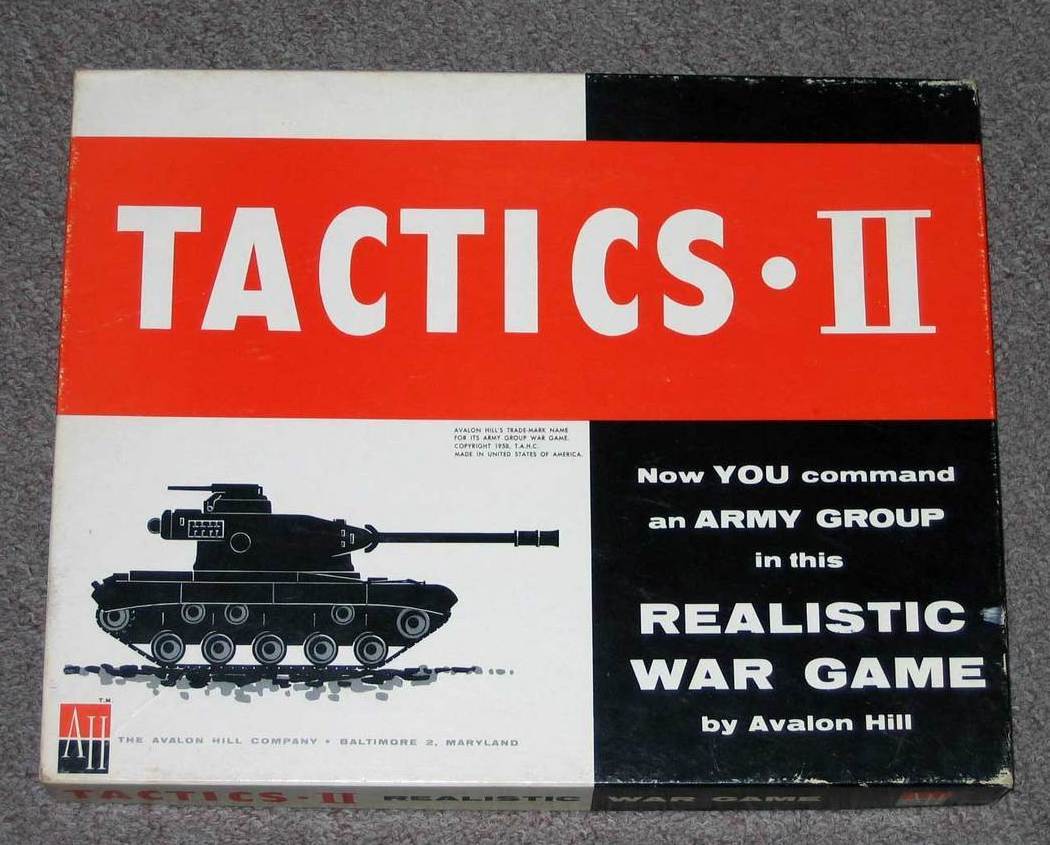
A couple of recent articles on that latest wargaming effort done by RAND:
The opening line states: “The RAND Corporation’s annual ‘Red on Blue’ wargame simulation found that the United States would be a loser in a conventional confrontation with Russia and China.”
A few other quotes:
- “Blue gets its ass handed to it.”
- “…the U.S. forces ‘suffer heavy losses in one scenario after another and still can’t stop Russia or China from overrunning U.S. allies in the Baltics or Taiwan:”
Also see: https://www.asiatimes.com/2019/03/article/did-rand-get-it-right-in-its-war-game-exercise/
A few quotes from that article:
- “The US and NATO are unable to stop an attack in the Balkans by the Russians,….
- “…and the United States and its allies are unable to prevent the takeover of Taiwan by China.
The articles do not state what simulations were used to wargame this. The second article references this RAND study (RAND Report) but my quick perusal of it did not identify what simulations were used. A search on the words “model” and “wargame” produced nothing. The words “simulation” and “gaming” leads to the following:
- “It draws on research, analysis, and gaming that the RAND Corporation has done in recent years, incorporating the efforts of strategists, regional specialists, experts in both conventional and irregular military operations, and those skilled in the use of combat simulation tools.”
- “Money, time, and talent must therefore be allocated not only to the development and procurement of new equipment and infrastructure, but also to concept development, gaming and analysis, field experimentation, and exploratory joint force exercises.”
Anyhow, curious as to what wargames they were using (JICM – Joint Integrated Contingency Model?). I was not able to find out with a cursory search.

Isn’t that the reason for relying upon U.S. nuclear deterrence of conventional warfare aggression by Russia and China?
To date, the only thing clearly deterred by nuclear weapons is the use of nuclear weapons. Western Europe was heavily defended during the Cold War.
An all-out conflict between China and Russia is far more likely, where is the WARSIM for that? I know of SSI’s Peoples General but that hardly qualifies as such.
“To date, the only thing clearly deterred by nuclear weapons is the use of nuclear weapons. Western Europe was heavily defended during the Cold War.”
Heavily defended to serve (in part) as a tripwire to which the USSR would assume that the USA would be obligated (if that wire was tripped) to respond with nuclear weapons in order to avoid having its heavily defended allies and its defending forces being overwhelmed by conventional forces (possibly supplemented with nuclear theater weapons)?
Defended sufficiently to hold Western Europe without having to resort to the nuclear option.
First comment here, but I’ve been following for a good while. 🙂
I think you might find the following article of interest.
https://www.rand.org/pubs/external_publications/EP66660.html
The RAND wargame approach used for this work has a lot of flexibility built into it, at the cost of some detail. (Full disclosure – I’ve been involved in some of this work.) Naturally we use different tools for different aims; this one was originally conceived more as a means of explaining a large problem and helping us identify promising areas for more focused research.
That was a well-informed and well-illustrated article. Thanks!
Thanks. So was RFLEX used for these current exercises?